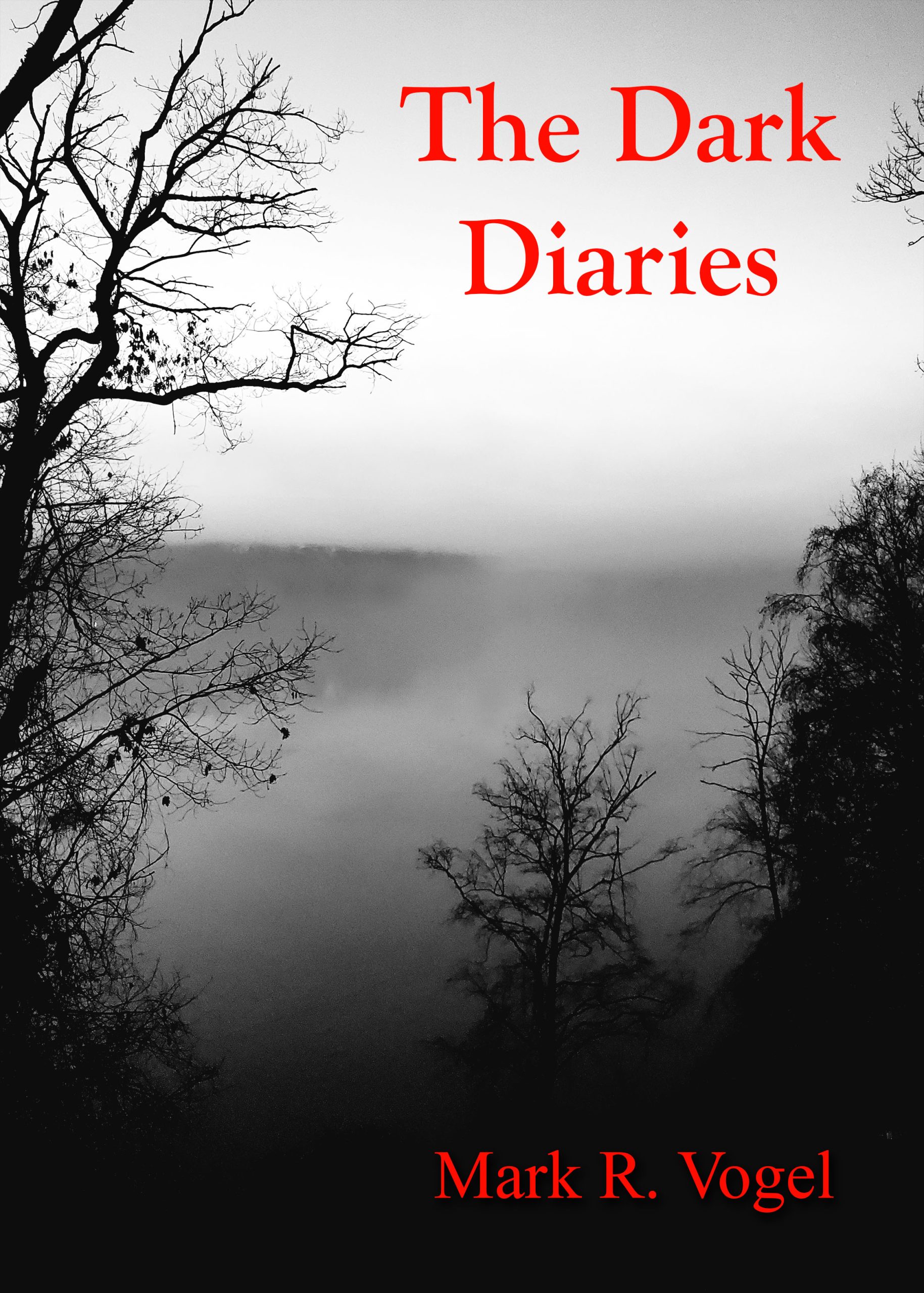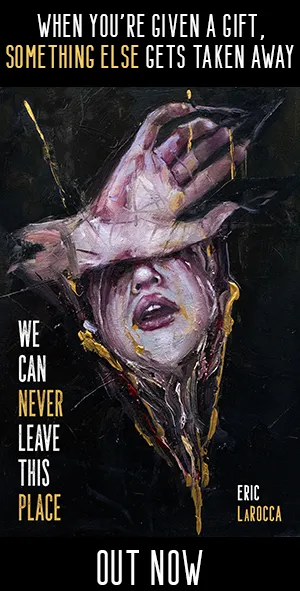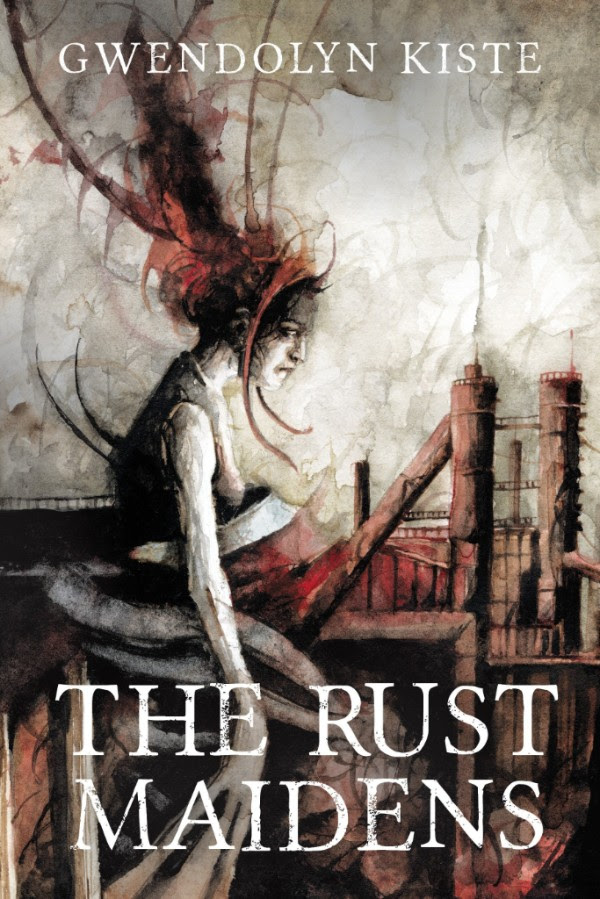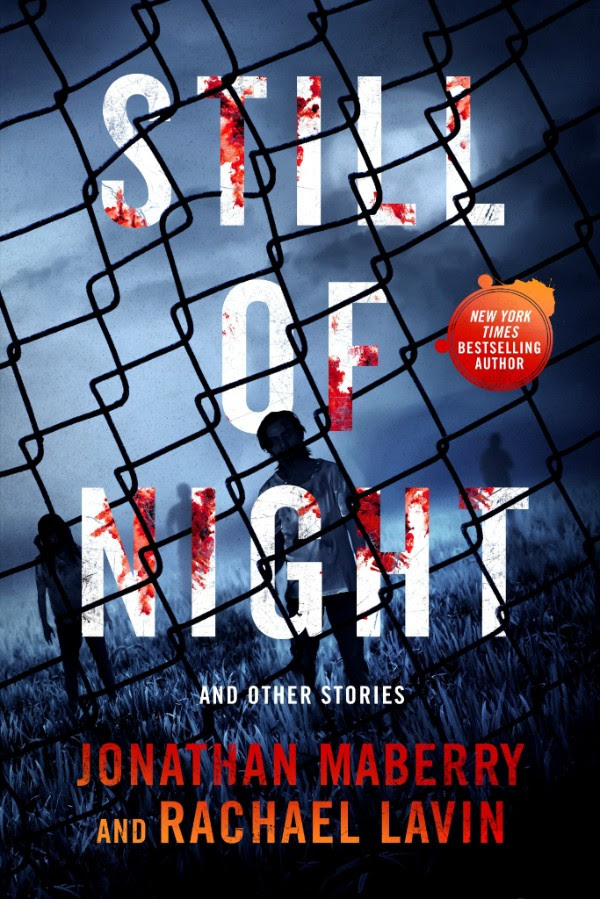 Early on The Waste Lands by Stephen King, protagonists Roland, Eddie, and Susannah encounter Shardik, a gigantic bear who is at first portrayed as a kind of ancient wilderness deity:
Early on The Waste Lands by Stephen King, protagonists Roland, Eddie, and Susannah encounter Shardik, a gigantic bear who is at first portrayed as a kind of ancient wilderness deity:
Once, the Old People had lived in the West Woods (it was their leavings which Roland had found from time to time during the last weeks), and they had gone in fear of the colossal, undying bear. … He was, of course, a demon incarnate — or the shadow of a god. They called him Mir, which to these people meant “the world beneath the world.” He stood seventy feet high, and after eighteen or more centuries of undisputed rule in the West Woods, he was dying.
The bear as he exists in the book — sick, enraged, monstrous — is terrifying enough. But his introduction to the reader through Roland’s knowledge of folklore lends Shardik a supernatural depth, and through him, the world the bear exists in seems even larger and more terrifyingly mystical.
King throws his protagonists (and his readers) a world-building curveball when the trio manages to slay the bear and discovers that Shardik is a cyborg whose flesh is filled with wires and powered by nuclear cells. They realize (courtesy of a loud system error shutdown message) that Shardik was a creation of North Central Positronics, a shadowy technology company that exists in a barely-imagined future as far as Eddie and Susannah are concerned but is a relic of the lost ancients in Roland’s world.
In another narrative, the revelation that a fearsome bear is really a fabrication might mark the quick solution to a narrative mystery. But that doesn’t happen in these early chapters. Instead of making the bear knowable (and therefore somewhat more mundane) the discovery that Shardik is a cyborg reinforces the disorienting uncertainty of the time-warping narrative. What’s magic, and what’s technology in this world? Initially, it seems as if the Old People of Roland’s world have experience Arthur C. Clarke’s Third Law: “Any sufficiently advanced technology is indistinguishable from magic.” But the bear is still a cipher. Why did North Central Positronics create him? What has he been guarding out in the woods for so many thousands of years? Was he created, and later mistaken for a god? Or was he created to replace an earlier god that humanity mistakenly destroyed?
Shardik presents clues and puzzles to the protagonists and reader, and he acts as a satisfying focal point for both world-building and plot to keep people engaged in the narrative. For speculative fiction writers, Shardik represents the kind of well-constructed, world- and plot-integral mystery (and escalation of mystery) that we should seek to employ in our own work.
Lucy A. Snyder is the Bram Stoker Award-winning author of the novels Spellbent, Shotgun Sorceress, Switchblade Goddess, and the collections Orchid Carousals, Sparks and Shadows, Chimeric Machines, and Installing Linux on a Dead Badger. Her latest books are Shooting Yourself in the Head For Fun and Profit: A Writer’s Survival Guide and Soft Apocalypses. You can learn more about her at www.lucysnyder.com and you can follow her on Twitter at @LucyASnyder.
- The Braided Novel - November 20, 2016
- Upside Down: Inverted Tropes in Storytelling - November 18, 2016
- You, Human - November 18, 2016
- A Horror Writer Pursues an MFA – Part 5 - November 2, 2016
- A Horror Writer Pursues an MFA – Part 4 - November 2, 2016
- A Horror Writer Pursues an MFA – Part 3 - November 2, 2016
- A Horror Writer Pursues an MFA – Part 2 - November 2, 2016
- A Horror Writer Pursues an MFA – Part 1 - November 2, 2016
- Jolly Fish Press is shutting down - October 23, 2016
- The Pox Party - October 16, 2016







